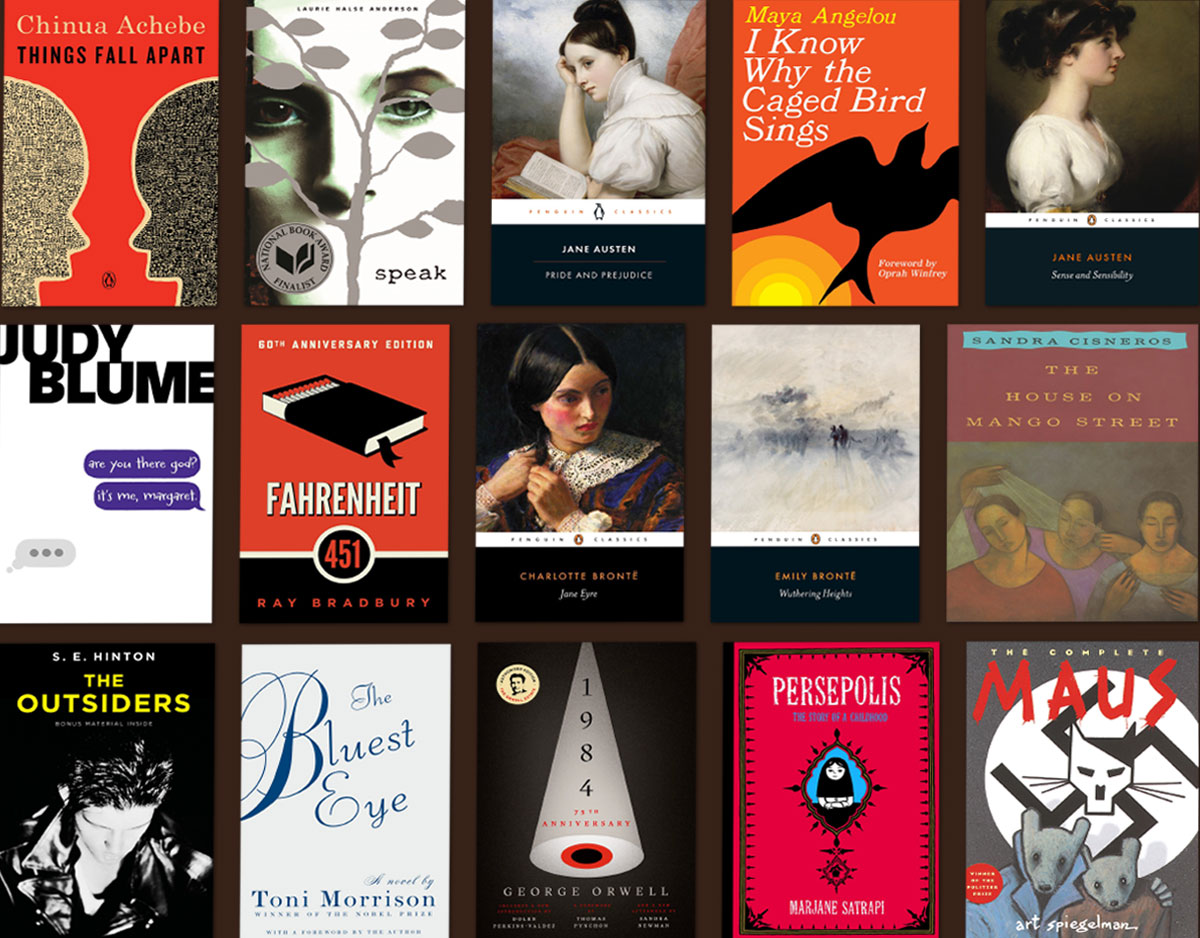SCROLL DOWN TO READ THE POST
Review: Darius Bell and the Glitter Pool
Darius Bell and the Glitter Pool by Odo Hirsch. Kane Miller. 2010. Review copy from publisher.
The Plot: The Bell family did some great things generations ago; they received the Bell House and the surrounding land. In exchange, every twenty-five years a Gift must be made. Cornelius Bell gave the first Gift: an enormous marble statue of himself. The next Gift was a copper spire. The third Gift was a bronze bell. The time for the Bell Gift is approaching, and everyone watches to see what the Bells will give this year, including young Darius Bell.
His father, Hector Bell, is responsible for the current Bell Gift. Problem is…. the Bell family has the Bell house. And the Bell name. And the Bell history. And a lot of Bell pride. But not a lot of money. As the day of the Gift rapidly approaches, Darius wonders what his father can possibly give.
ADVERTISEMENT
ADVERTISEMENT
The Good: This is more of a middle grade novel than a young adult novel; but when Charlotte’s Library called it “a lovely book that isn’t fantasy, although it is certainly fantastical” I knew I had to read.
The Bell House is no longer the grand house it once was. Wall paper is coming off walls, furniture is falling apart, windows are cracked. There is no money. Hector Bell lives in his own world, in denial of the genteel poverty in which the family lives. You see, jobs and careers aren’t what Bells do. “The Bells — or the Arbuthnot-Huntingdon-Castleton-Bells, to give them their full name — as a rule didn’t get jobs. They didn’t work in business, or practice law, or carry out any other activities of a commercial or industrial nature. Traditionally, they had been statesmen and generals.” Hector Bell is neither statesman nor general; he writes short stories which he doesn’t publish (and, from his family’s reaction, that is a good thing) and lives off family money which is in short supply. Part of being a Bell in Bell House is having a gardener. The Bells have one, but instead of paying him, Mr. Fisher farms the land, gives the Bells a portion, and keeps the rest to sell. Mrs. Simpson, the housekeeper, likewise lives rent free in the Bell House (it’s a big house) and sells cakes in town. And so on and so on. It’s the type of peculiar arrangement that is so weird it makes perfect sense. The Bells have created their own world, making adjustments as necessary, always with pride.
The primary plot is “What is the Gift?” The Bells can get away with quid pro quo for most of their daily needs but there just isn’t money for a Gift. Darius’s father deals with it the way he deals with everything: tells stories, uses three words for one, and imagines that something will happen to solve the dilemma. Darius tries to think of ways to help, and he thinks all his prayers are answered when he discovers a secret cave that is full of rubies and gold: the Glitter Pool.
But, this is not a plot driven book. The story of the Gift unfolds slowly, because what is really important is not so much the Gift as the semi magical Bell House, not fantasy but fantastical, to quote Charlotte. An old house, quirky people — for both Hector Bell and those who take him up on his odd arrangement are the definition of “quirky” — and a boy looking to help the ones he loves, that is the reason to read this book. The plot just serves to help the reader learn more about this odd cast of characters and how they interact. It also serves to illustrate that time in childhood when belief is still constant — belief that things will work out, belief that the hidden cave you find is filled with rubies and gold.
Darius is about twelve or so, and this book works for middle grade up to middle school. It’s for those who read for character; Darius’s journey in discovering just how he can and cannot help his father, as well as his father’s own journey to both maturity and acceptance. The Kneebone Boy by Ellen Potter is more plot driven than this book and is also more over-the-top in its characters eccentricities; however, the reader who likes the mix of reality with a touch of whimsy and fantasy will like both these books. This book is also for the reader attracted to the big house and genteel poverty — the reader who in a few years will want I Capture the Castle by Dodie Smith and A Brief History of Montmaray by Michelle Cooper.
As I reread Charlotte’s review, I want to emphasize a point she makes: “And it is this dignity that comes to the fore toward the end of the book, when the author explores what really constitutes a good Gift (there’s a fine lesson here, not made into a Moral with a capital M, but still very much present).” This book is not religious, nor is it about any particular holiday, but it is a brilliant book to use and recommend for those who want to read about the true spirit of gift giving and receiving.
Filed under: Reviews, Uncategorized
About Elizabeth Burns
Looking for a place to talk about young adult books? Pull up a chair, have a cup of tea, and let's chat. I am a New Jersey librarian. My opinions do not reflect those of my employer, SLJ, YALSA, or anyone else. On Twitter I'm @LizB; my email is lizzy.burns@gmail.com.
ADVERTISEMENT
SLJ Blog Network
Behind the Scenes Q&A: DALMARTIAN by Lucy Ruth Cummins
Ellen Myrick Publisher Preview: Spring 2024 – Cicada, Creston, Diamond, and Eye of Newt
Number Call | Review
It’s Time for More Mock Newbery Suggestions
Exploring Art in Your Community: Connecting Visual Art and Literature, a guest post by Amy Brownlee
The Classroom Bookshelf is Moving
ADVERTISEMENT
ADVERTISEMENT







